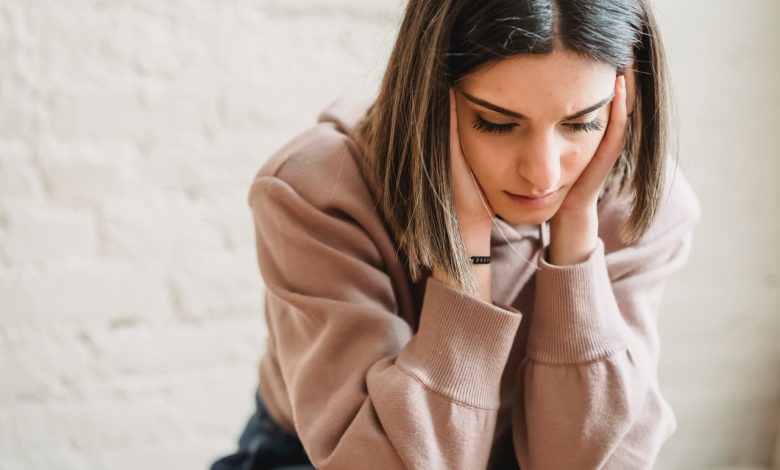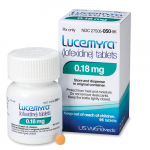How and Where To Get Lucemyra

Opioids are strong pain medicines. Examples include hydromorphone, oxycodone, fentanyl, and morphine. Heroin is an example of an illegal opioid. Your body gets used to this type of drug if you take it all the time. This is called being dependent on the drug. And when you stop taking it, you go through withdrawal.
Withdrawal symptoms can include nausea, sweating, chills, diarrhea, stomach cramps, and muscle aches. Withdrawal can last up to several weeks, depending on which drug you took and how long you took it. You may feel very ill, but you are probably not in medical danger.
Withdrawal isn’t easy, but there are things you can do to help you cope with the symptoms. You will feel a little bit better each day as your body adjusts and heals itself.
What is Lucemyra?
Lucemyra (lofexidine) is the first and only non-opioid medication indicated for mitigation of opioid withdrawal symptoms to facilitate abrupt opioid discontinuation in adults. The U.S. Food and Drug Administration recently approved lofexidine, an α-2-adrenergic agonist, for the management of opioid withdrawal symptoms. Clonidine, an α-2-adrenergic agonist, historically was used off-label for this indication.
How and Where To Get Lucemyra
If you or a loved one has become dependent on opioids, you may be confused, frightened, and unsure about what to do to overcome dependence. You may be worried about managing opioid withdrawal symptoms and going through an opioid detox.
To get Lucemyra (lofexidine), you need to enter a treatment program before you can get it prescribed for you to obtain from a pharmacy because the drug is not a treatment for opioid use disorder (opioid addiction) on its own, but used along with other types of therapy in managing opioid withdrawal.
How is Lucemyra dispensed?
Lucemyra is dispensed by a pharmacist and comes in the form of a tablet. Lucemyra tablets are dispensed and stored in their original container and should be kept at room temperature 68oF to 77oF (20oC to 25oC) and protected from heat and moisture. The bottle the Lucemyra is dispensed in contains a desiccant pack to keep the tablets dry. This should not be removed before all of the tablets are used. Like other medications, Lucemyra should be stored out of sight and reach of children.
How will your health care provider prescribe Lucemyra?
Health care providers usually prescribe a starting dose of three Lucemyra tablets taken 4 times a day for 5-7 days after the last use of an opioid. This is the period of peak withdrawal symptoms. After 5-7 days the dose of Lycemyra is gradually reduced over a period of 2-4 days.
It’s important to remember when taking Lucemyra:
- To follow the exact instructions given by your health care provider.
- To wait 5-6 hours between doses.
- That it can be taken for up to 14 days.
- To gradually reduce your dose.
- That you should not stop taking Lucemyra without discussing it with your health care provider first.
What are the possible side effects of Lucemyra?
Lucemyra may cause side effects. Tell your doctor if any of these symptoms are severe or do not go away:
• difficulty falling asleep or staying asleep
• dry mouth
• ringing in the ears
Some side effects can be serious. If you experience any of these symptoms, call your doctor immediately or get emergency medical treatment:
• fainting
• dizziness or lightheadedness
Lucemyra may cause other side effects. Call your doctor if you have any unusual problems while taking this medication.
If you experience a serious side effect, you or your doctor may send a report to the Food and Drug Administration’s (FDA) MedWatch Adverse Event Reporting program online (http://www.fda.gov/Safety/MedWatch) or by phone (1-800-332-1088).


